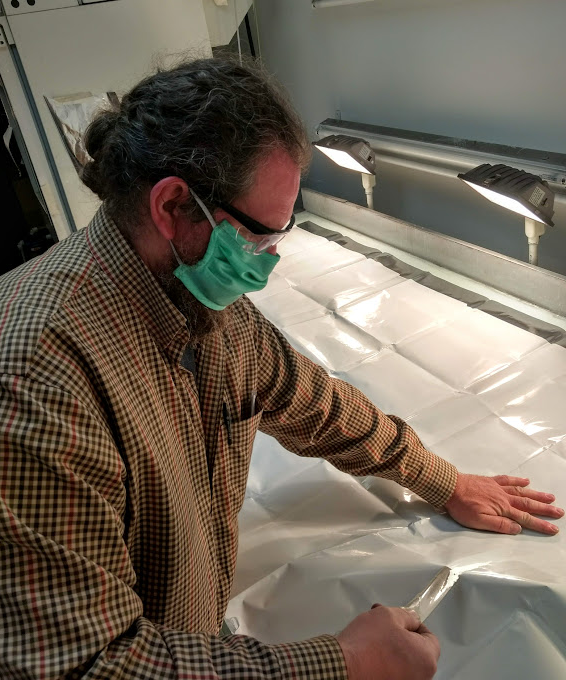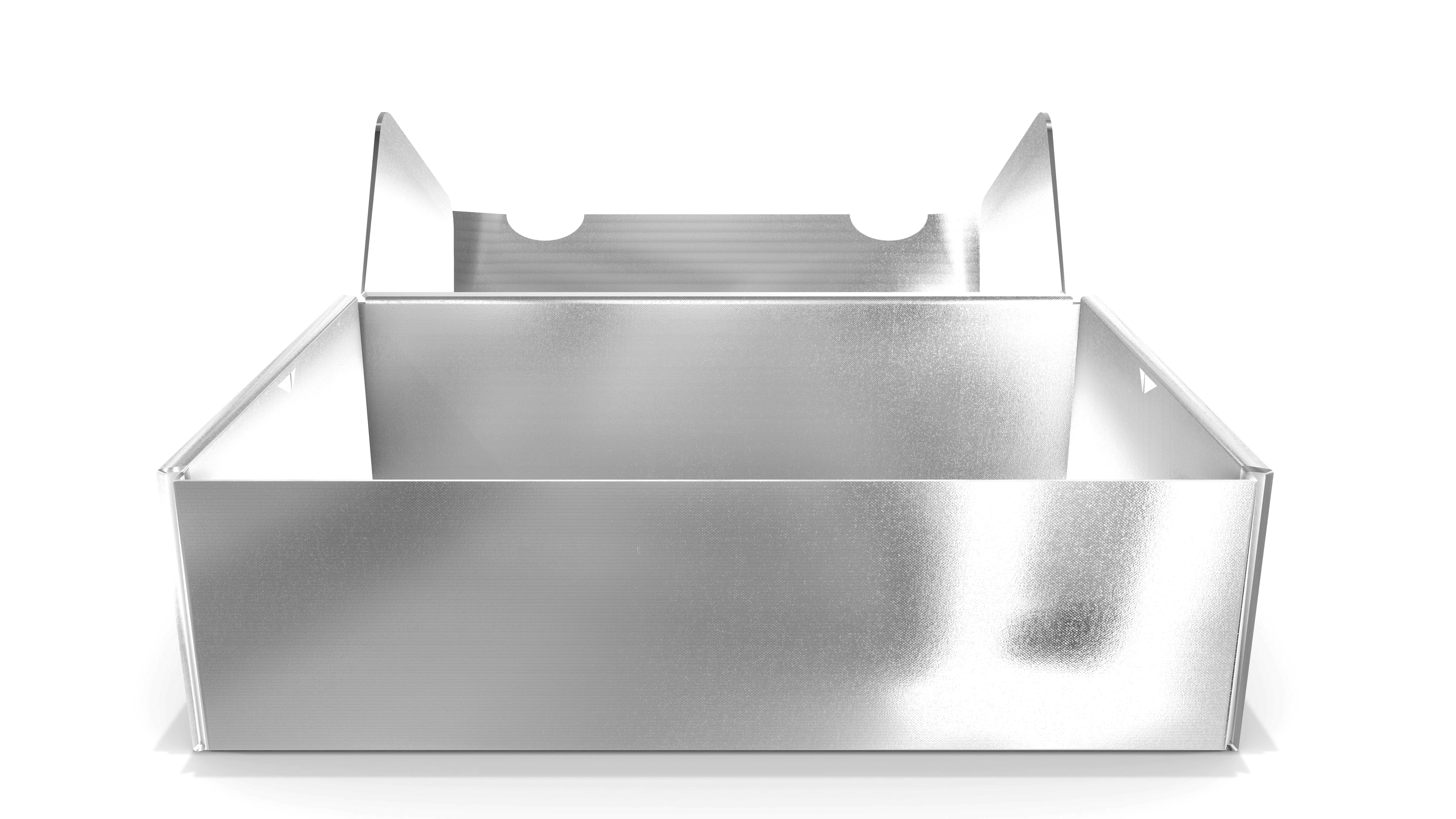Tape adhesion tests
What do tape adhesion tests measure, and how they relate to the internal strength of our metallized papers?

AR Metallizing and many printers and converters perform subjective tape adhesion tests for assurance of adequate adhesion of inks, topcoatings, and the metallized aluminum. The methods may vary in the type of tape used, the application of the tape and the removal of the tape.
The commonly preferred result is for the base paper to split or cohesively destruct within the base wood fiber structure, with all the coatings and inks removed with the tape. With this destruction mode it is assumed that the inks are adequately dried or cured and all layers have functional adhesion.
However, there are situations in which all coatings and inks are correctly applied, and functionality is good, but the tape test may cause destruction within the coating or ink layers. This is especially likely if the base paper has high internal fiber strength such as with papers designed for pressure sensitive labels.
In these cases the cohesive strength of base paper fibers may be higher than the strength of one or more inks, overprint coatings or metallizing coatings, causing the tape to split the coating in the Z-direction.
In these cases it is important to notice or measure the force required to remove the tape and split the coating. If the force is adequate and if the coating can be visually confirmed to have split, then this is considered a good result with full functionality in the end use.
Examples of a good result without full fiber tear include partial fiber tear/partial clay coating destruction; cohesive destruction of precoating leaving precoating on the label and on the removed tape; partial destruction of ink and coating layers leaving some on the label and some on the tape; partial metal removal with splitting of precoating or clay coating.
Contact us
If you'd like to understand more about our testing processes, quality or our products, please drop us a line - we'd love to talk to you
